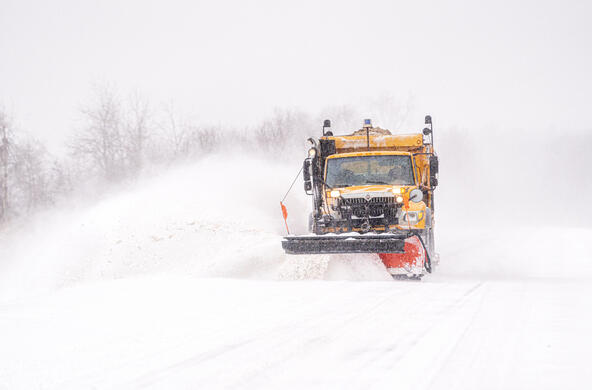
In the winter, rock salt is routinely spread on our roads to keep them free of ice. We now know that the rock salt can enter into our soil, groundwater, rivers and streams and can stay there year-round, effecting the ecosystem and people.
Kelly: So elevated concentrations of salt in the summertime is particularly problematic for organisms that rely on a freshwater stream for subsistence.
Vicky Kelly is manager of the environmental monitoring program at the Cary Institute of Ecosystems Studies.
Kelly: We know that rock salt, when it enters the groundwater, that can impact people because a lot of people receive their drinking water from groundwater. So anybody who has a well feeding their drinking water system in an area that is treated with rock salt, that well may be contaminated with some of that rock salt. And municipalities that tap groundwater for drinking water supplies also can be impacted by this, and may very well have salt in that drinking water supply if it's a groundwater source.
We now know that it doesn't just rush through the system; it accumulates in the system. We're trying to get a better understanding of how that accumulation happens, how much can accumulate. It's something to keep, I think we should address it as much as we can. We do need to keep our roads safe in the wintertime, but there are mechanisms that we can put in place to become more efficient with rock salt.
Photo: eutrophication&hypoxia








